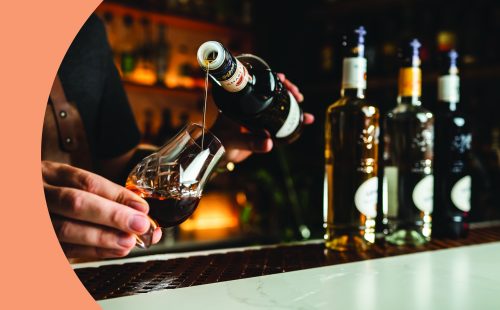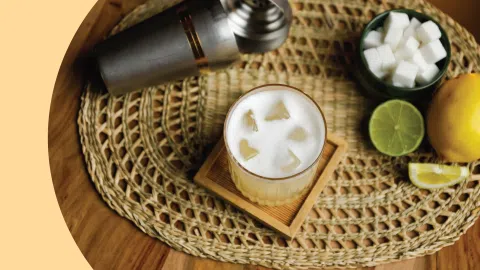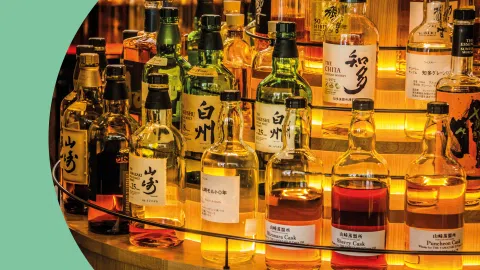The variety of liqueurs comes from the almost infinite list of ingredients that can be used to prepare them: fruits, cream, herbs, spices, flowers, nuts, coffee… Different regions & countries also have unique ingredients and recipes for making these spirits. Plus, their use in cocktails—both classic and modern creations—encourages the continuous development of new types and brands.
In this article, we’ve poured our expertise into a simple, clear format and defined a classification of 10 main types of liqueurs.
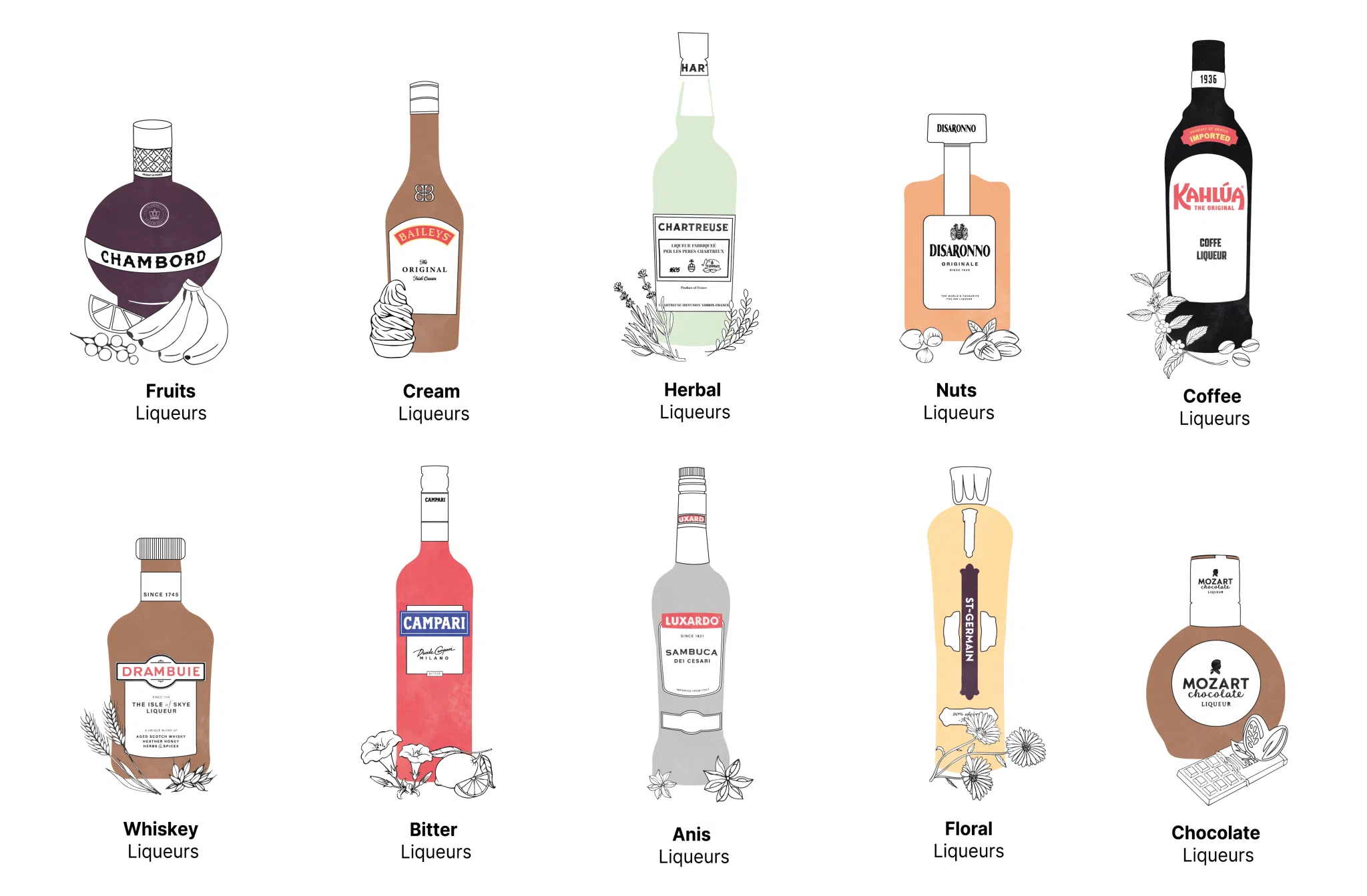
The list of 10 types of liqueurs and their popular brands includes:
- Fruits liqueurs (Cherry Heering, Grand Marnier, Chambord…)
- Cream liqueurs (Baileys Irish Cream…)
- Herbs and Anise liqueurs (Chartreuse, Jägermeister / Sambuca, Ouzo…)
- Nuts liqueurs (Frangelico, Disaronno…)
- Coffee liqueurs (Kahlúa, Tia Maria…)
- Whisk(e)y liqueurs (Drambuie, Southern Comfort…)
- Bitter liqueurs (Campari, Amaro Montenegro…)
- Anise liqueurs:(Sambuca, Ouzo)
- Floral liqueurs (Saint Germain, Italicus, Crème de Violette…)
- Chocolate liqueurs (Mozart, Crème de Cacao…)
But first, what is Liqueur?
A liqueur is a distilled spirit that has been sweetened and generally flavored with fruits, herbs, spices, flowers, seeds, roots, or cream. The flavorings are either infused into the spirit after it has been distilled or mixed with the main spirit and redistilled together.
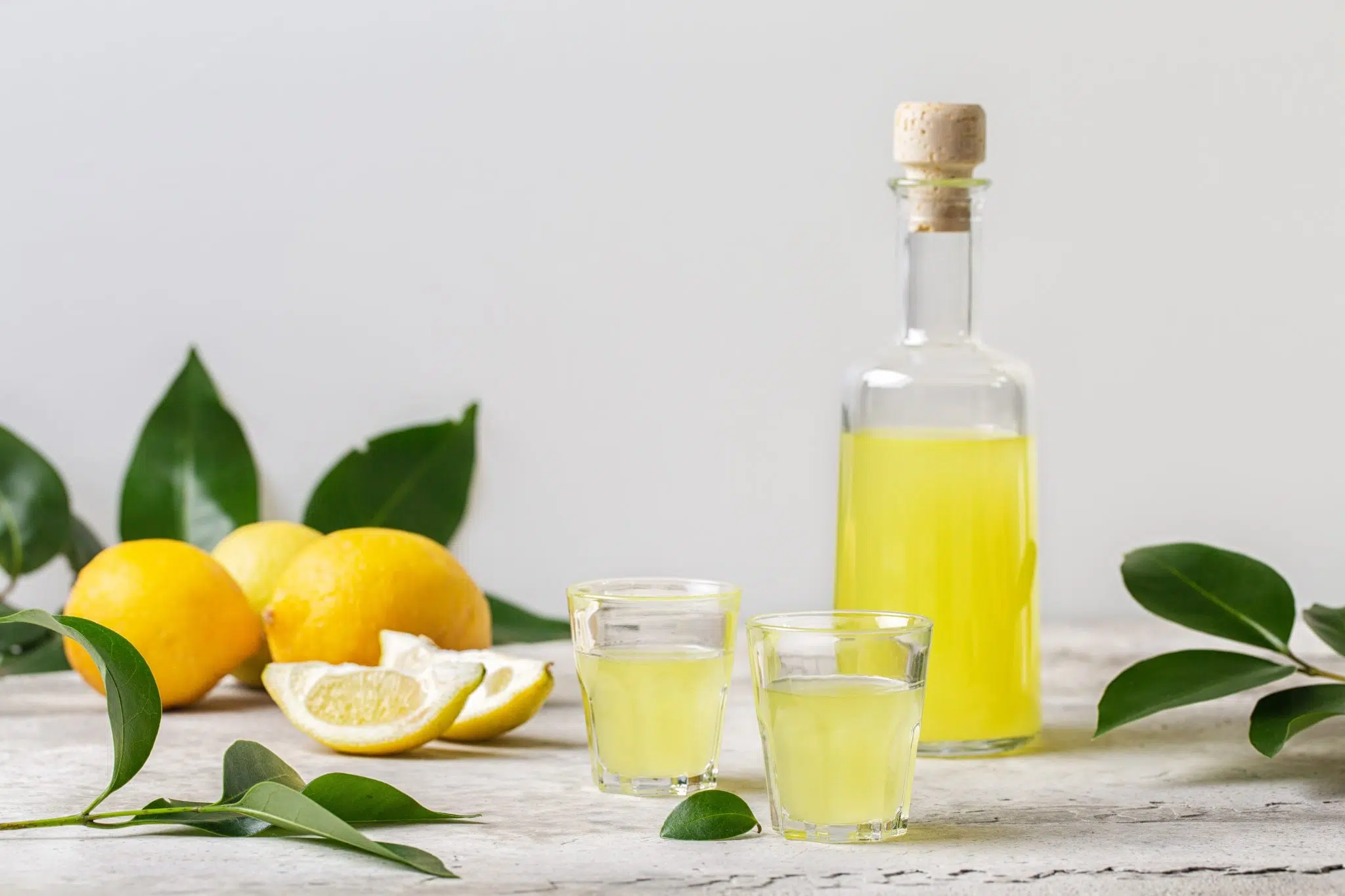
Per EU law, liqueurs must contain at least a certain amount of sugar per liter:
- 100 g per liter for “liqueurs”.
- 250 g per liter for “crèmes de”.
- 400 g per liter for “crèmes de cassis” (blackcurrant).
Although most liqueurs typically have a lower alcohol content (with an ABV of 15-30% on average), this is actually not a strict rule. For example, Cointreau has an ABV of 40% (80 proof, the same as the minimum strength for a whiskey or a vodka) while green Chartreuse has an ABV of 55% (110 proof). Despite these higher alcoholic contents, both are legally considered as liqueurs.
Types of Liqueur
Fruit Liqueurs

This type of liqueur derives its flavor primarily from fruit(s). The process typically involves infusing a particular fruit (or a mix of fruits in some cases) into a base spirit, such as vodka or brandy, and then adding sugar. The base spirit and fruits can also be mixed and re-distilled together in order to create a clear, transparent liqueur.
The result is a sweet, often brightly colored liqueur that retains the characteristic taste of the fruit. Brands include Cherry Heering (cherry), Grand Marnier (orange), Chambord (raspberry), and Fragoli (strawberry). This is the largest category of liqueurs; while some of them are patented and only exist under a specific brand name (ex: Chambord, Cointreau, Midori), the vast majority of fruit liqueurs are generic liqueurs and can be manufactured by several brands (ex.: Marie Brizard & Bols both make fruit liqueurs such as peach or raspberry liqueur).
Cream Liqueurs
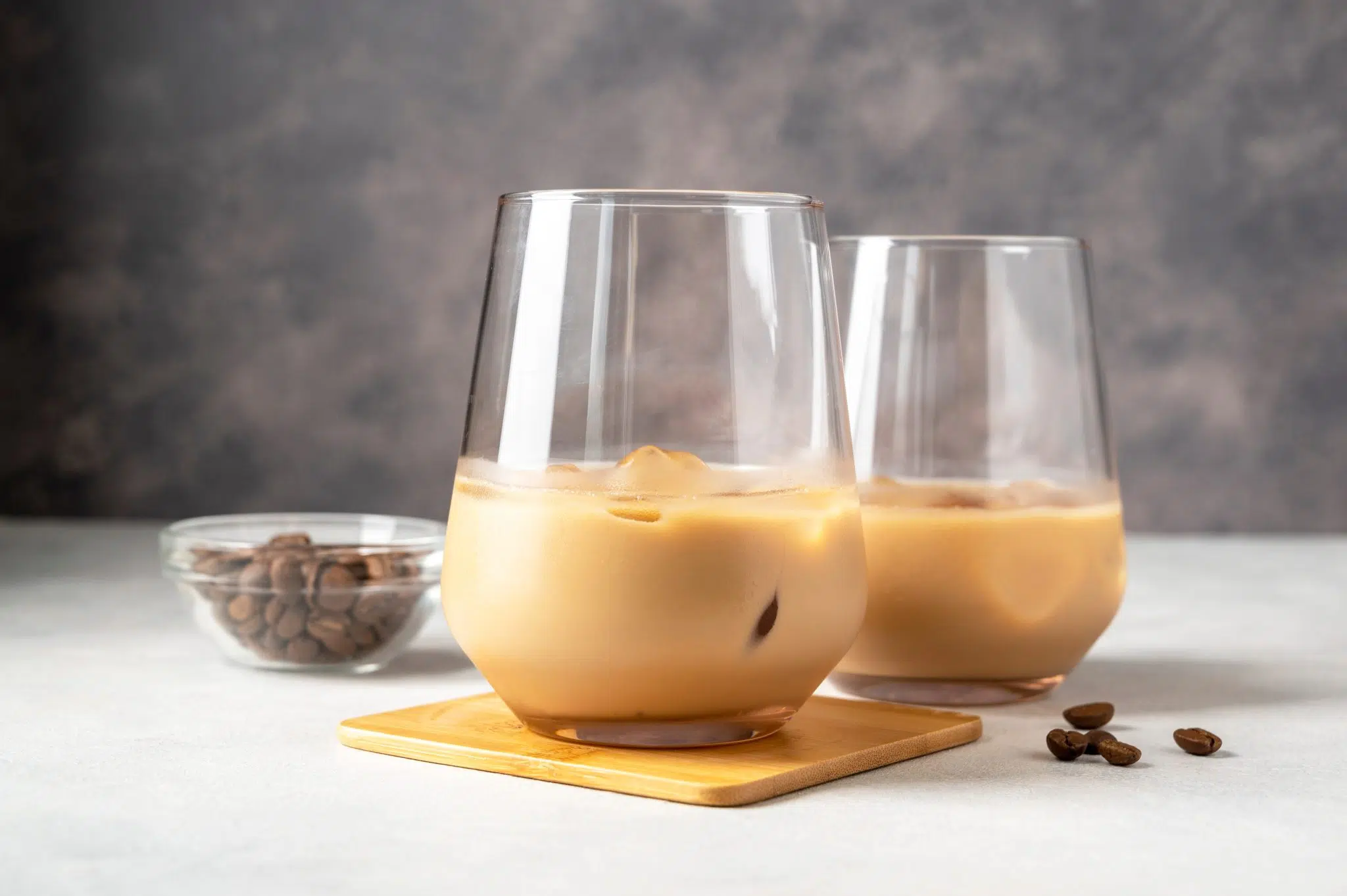
These combine dairy cream with a base spirit such as whiskey, rum, or brandy. Sugar and other flavorings are often added to enhance the taste. The result is a rich, creamy, typically sweet and smooth beverage.
One of the most well-known brands is Baileys Irish Cream, which blends Irish whiskey with cream. It also has a touch of cocoa and vanilla and it’s perfect to mix into coffee or hot chocolate or used in desserts and cocktails such as the Mudslide and the B-52.
Herbal Liqueurs
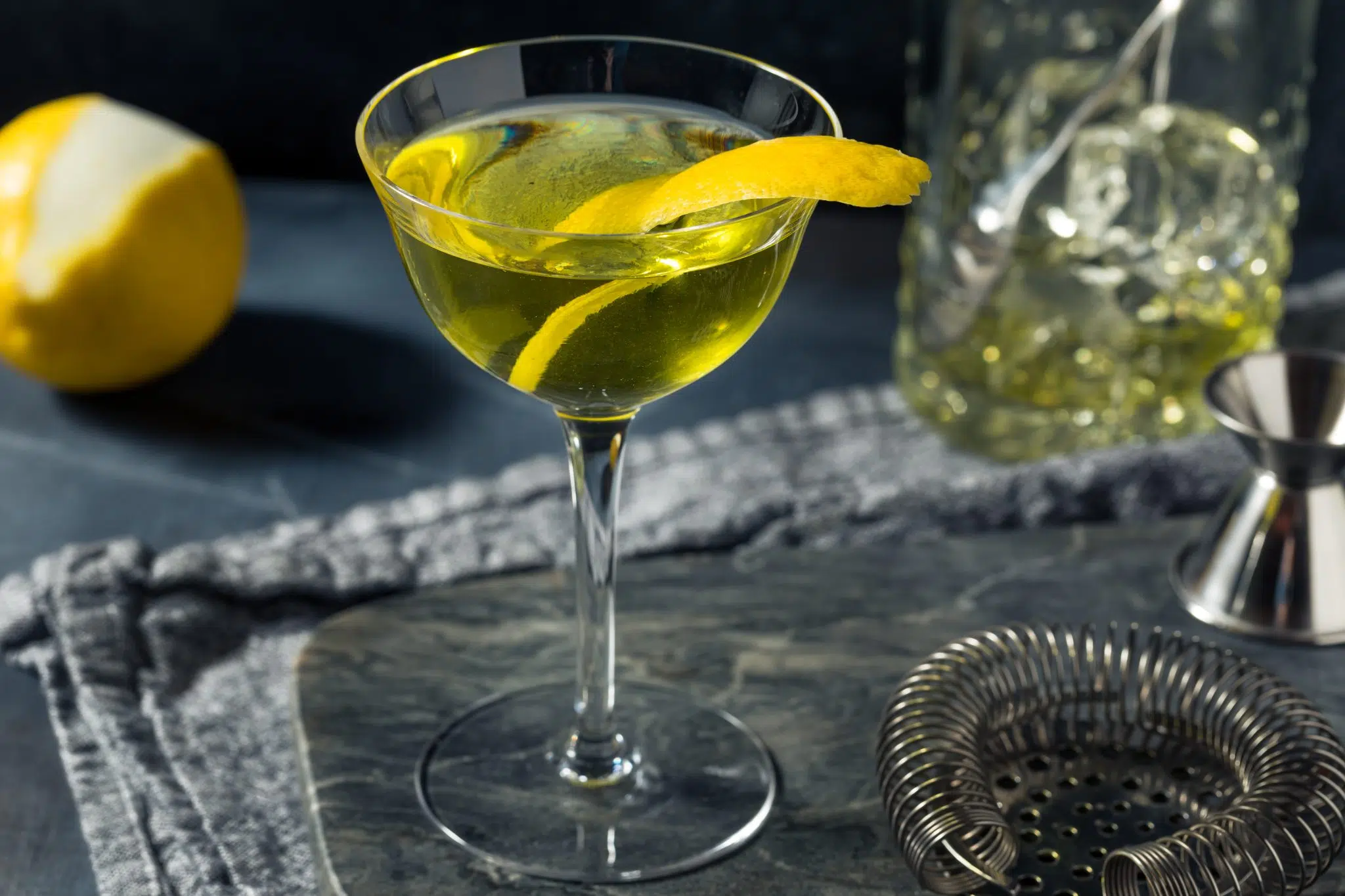
These are flavored with various botanicals, including herbs, roots, flowers, and barks. Most herbal liqueurs contain several types of plants, and the exact recipe for each one of them often remains a closely guarded secret by the producers.
These liqueurs can range from sweet to bitter and usually have complex flavors due to the blend of different ingredients. Examples include Chartreuse, made by French monks using 130 different plants, and Jägermeister, a German liqueur that contains 56 different herbs and spices.
Herbal liqueurs can be enjoyed neat or on the rocks, used as digestifs after meals, or mixed into cocktails such as the Last Word (which contains green Chartreuse) and the Stinger.
Nut-flavored Liqueurs
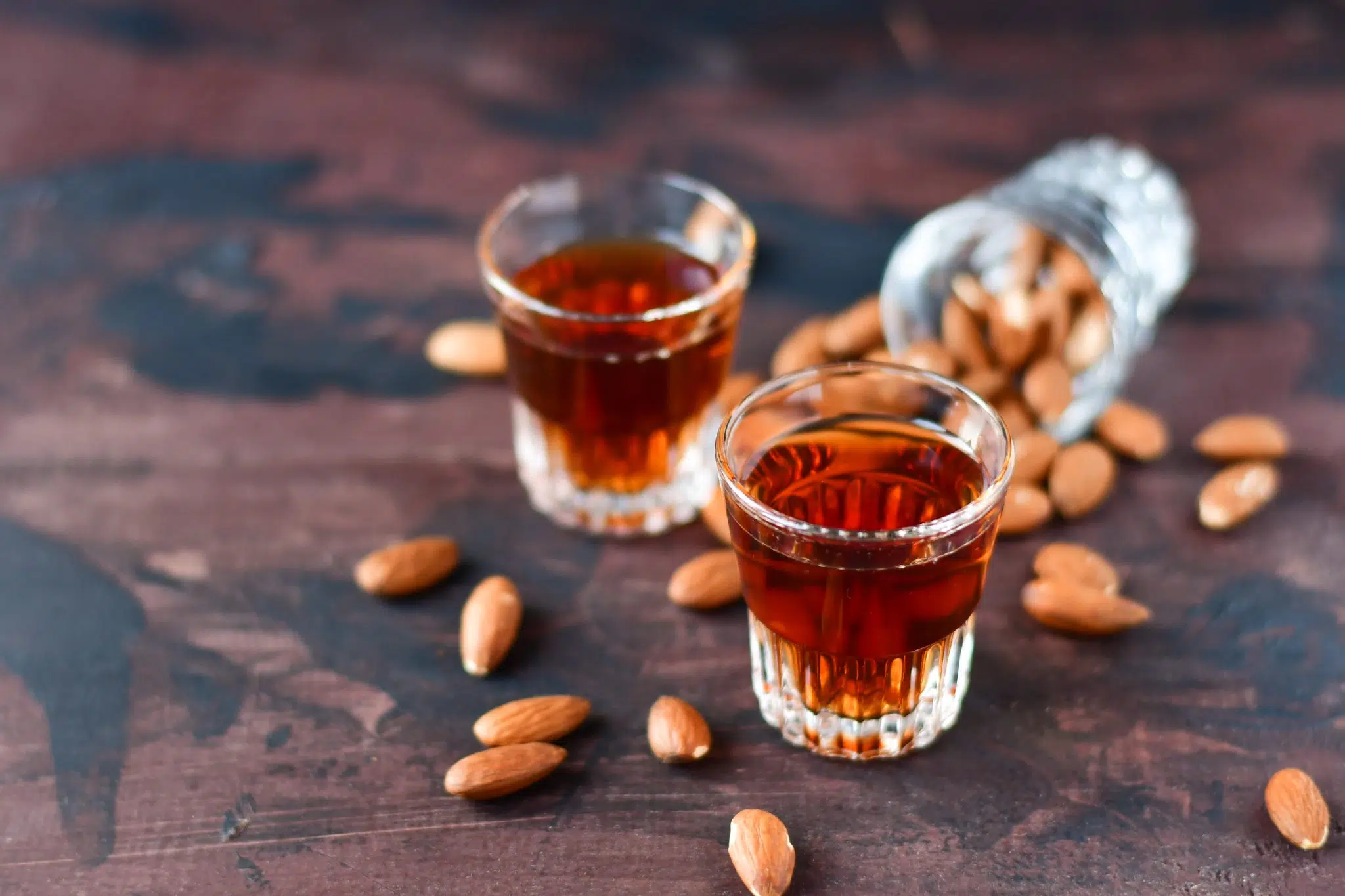
These derive their flavor from various types of nuts: it can be almonds, cashews, walnuts… Or even the inside of apricots & peaches kernels (used to make amaretto). The process typically involves infusing the chosen nut into a base spirit and adding sugar to create a sweet, nutty beverage. Just like fruit liqueurs, these liqueurs can either be patented (proprietary liqueurs, such as Frangelico) or generic (such as amaretto, which can be produced by roughly any liquor brand).
Nut-flavored liqueurs can be enjoyed neat or on ice and mixed into coffee or cocktails, such as the Amaretto Sour and the Nutty Irishman.
Coffee Liqueurs
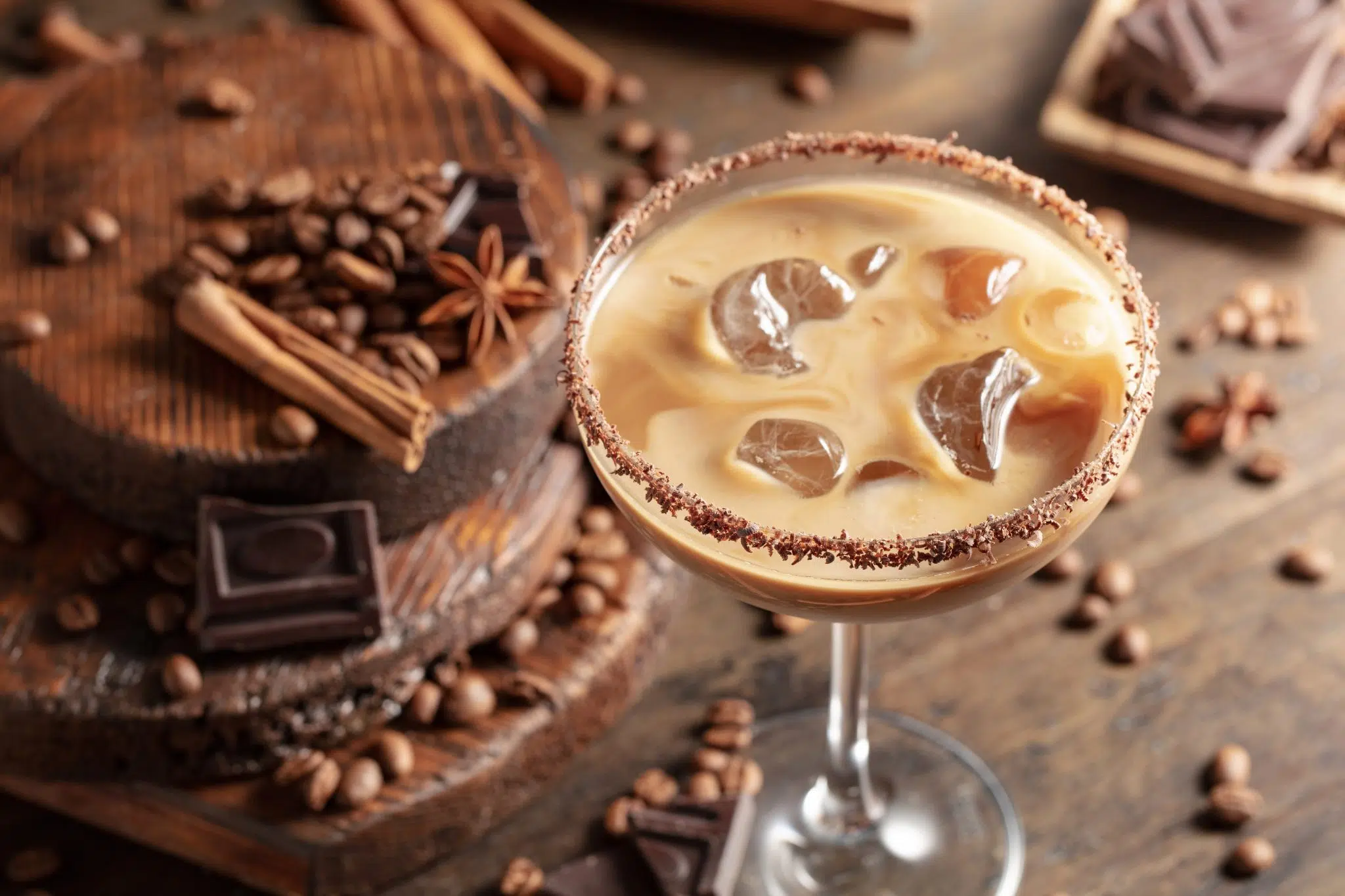
This liqueur is made by infusing coffee beans with a base spirit, typically a sugar cane or grain distillate. Sugar is added to balance the bitterness of the coffee, resulting in a sweet and robust beverage.
The flavor profile can range from light and fragrant to dark and intense, depending on the coffee bean type used (mostly Arabica and Robusta, from different origins) and the infusion length. Kahlúa, Tia Maria, and Patrón XO Café are popular examples of coffee liqueurs. These liqueurs can be enjoyed on their own or mixed into cocktails, the most famous examples being the White Russian or the Espresso Martini.
Whiskey Liqueurs
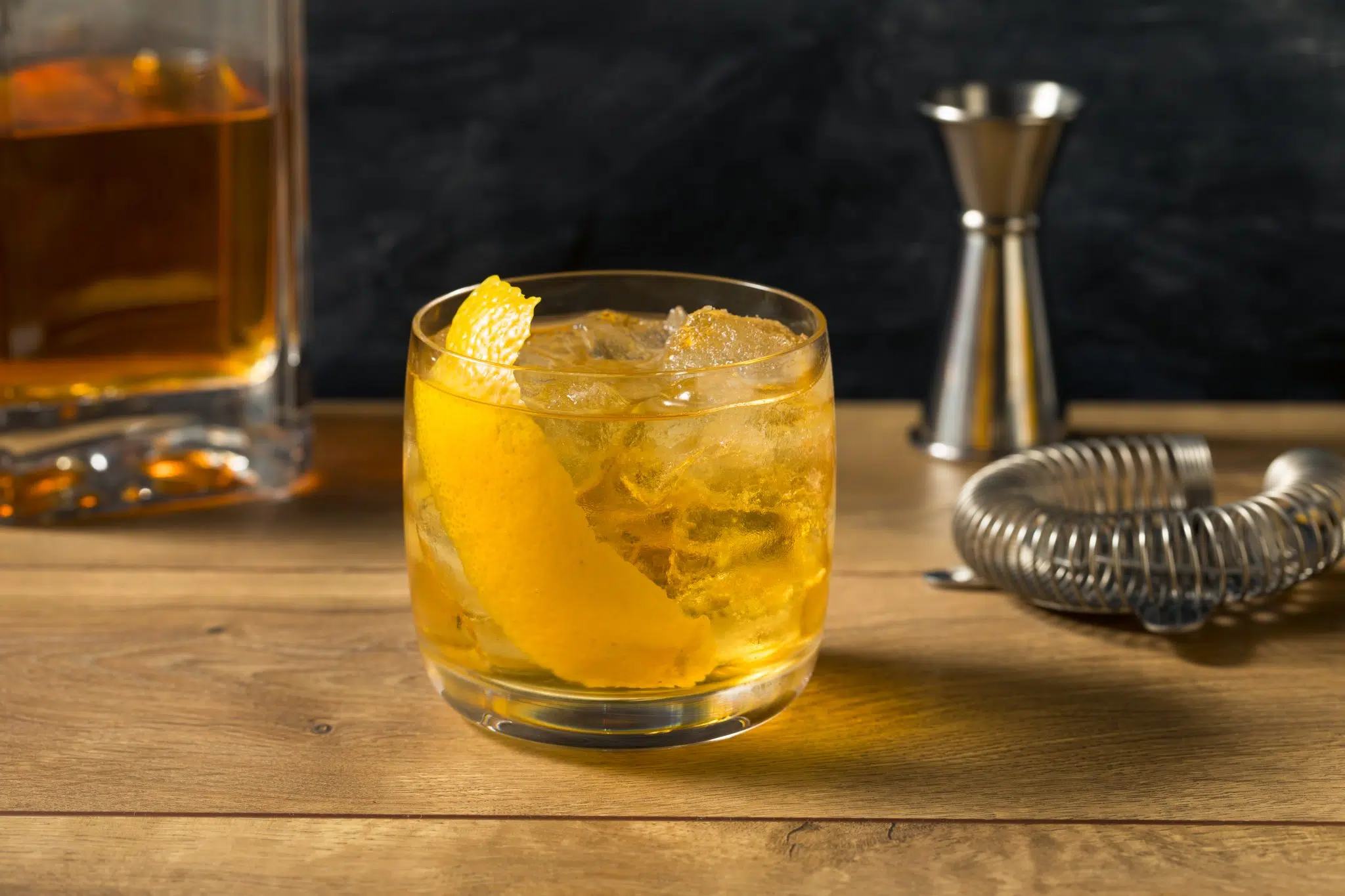
Whiskey (or whisky) is used as the base spirit here. They are typically sweetened and often flavored with additional ingredients such as honey, herbs, spices, or fruits.
The beverage combines whiskey’s warmth and complexity with a sweeter, more accessible flavor profile. Examples include Drambuie, which blends Scotch whisky with honey, herbs, and spices, and Southern Comfort, an American liqueur featuring Bourbon, fruits, and spices. These can be enjoyed neat or on the rocks or in cocktails (such as the Rusty Nail, mixing blended Scotch whisky and Drambuie).
Bitter Liqueurs
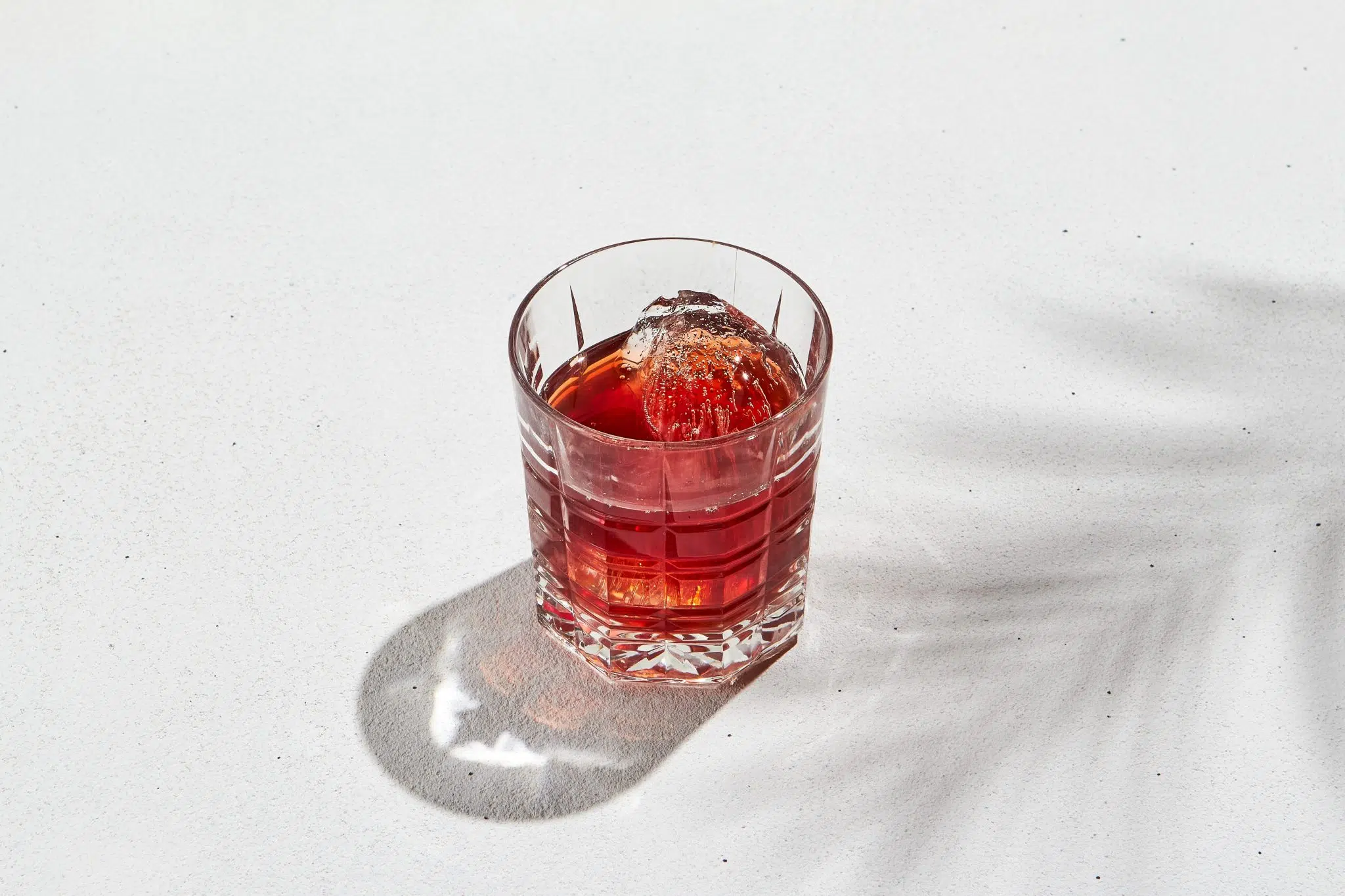
Bitter liqueurs are, as the name suggests, a category covering all types of bitter-tasting liqueurs. In that case, the common point is the flavor rather than the core ingredients; however, more often than not, bitter liqueurs contain cinchona bark, bitter orange peel, and gentian root. Most of the existing bitters on the market originate from the early and mid-19th century and are based on the original recipes from that time. A few famous examples are:
- Campari (made with ingredients including quinine, ginseng, orange peel and rhubarb).
- Aperol (made with ingredients including bitter rhubarb, gentian root, and cinchona).
- Cynar (made with artichokes and a blend of 12 other plants).
- Amaro Montenegro (made with ingredients including dried oranges, nutmeg, cloves and oregano).
Although bitter liqueurs are immensely popular all over the world (as aperitifs, digestifs, and of course cocktail mixers), most of the production is concentrated in Western Europe: France, Italy, and Spain produce roughly 80% of all bitters liqueurs in the market today.
Anise-flavored Liqueurs
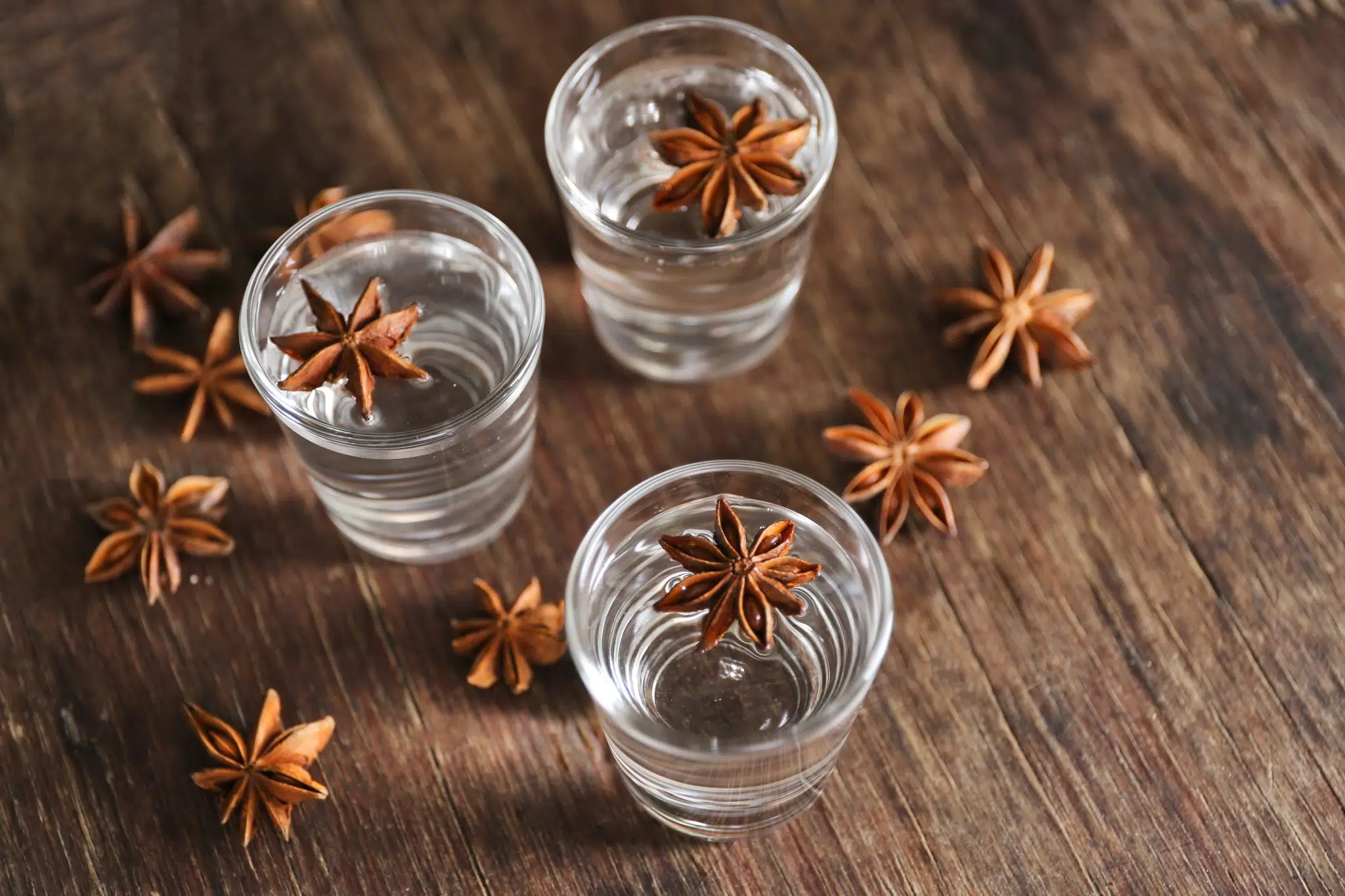
This type of liqueur features the distinct flavor of anise, a plant that tastes similar to licorice. The process typically involves infusing anise and sometimes other botanicals into a base spirit and adding sugar. Examples include Sambuca from Italy, Ouzo from Greece, and Ricard from France.
Anise-flavored liqueurs can be enjoyed neat or on the rocks, often served with water on the side, as they tend to turn milky white when mixed with water due to the anethole in the anise.
Floral Liqueurs
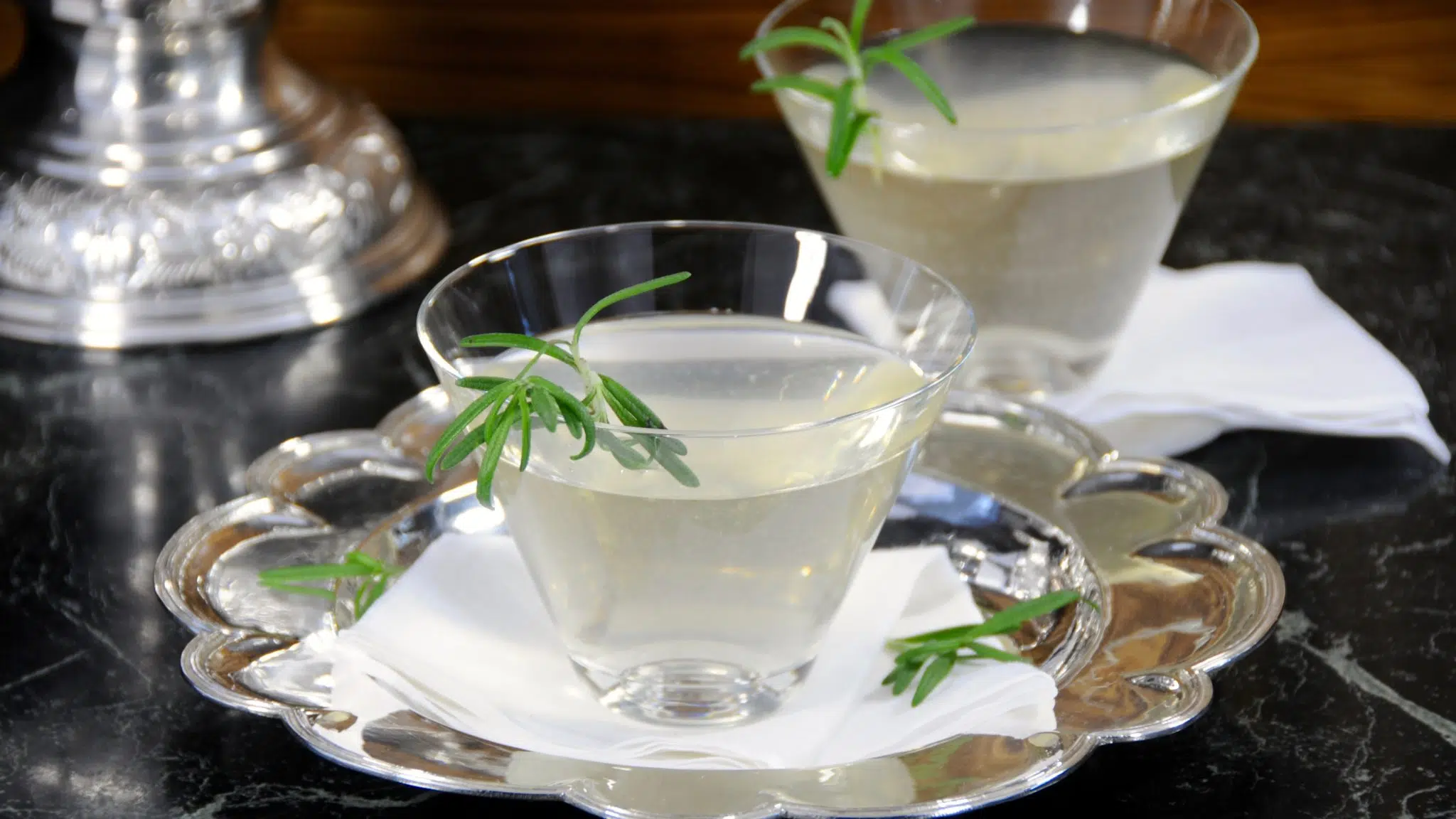
Floral liqueurs are crafted by infusing spirits with flowers, blossoms, or botanicals that impart distinct floral notes. The production process typically involves steeping fresh or dried flowers in a base spirit, such as brandy or neutral grain alcohol, to extract the aromas and flavors.
Common floral ingredients include elderflower, violet, rose, and lavender. Some of the most renowned floral liqueurs are St-Germain, made from elderflowers harvested in the French Alps, Crème de Violette, a violet-flavored liqueur, and Parfait Amour, which features a blend of flowers, vanilla, and citrus. These liqueurs are versatile and can be enjoyed neat, over ice, or in cocktails.
They are key ingredients in classic and modern cocktails like the Hugo Spritz, which uses St-Germain, and the Aviation, which features Crème de Violette.
Chocolate Liqueurs
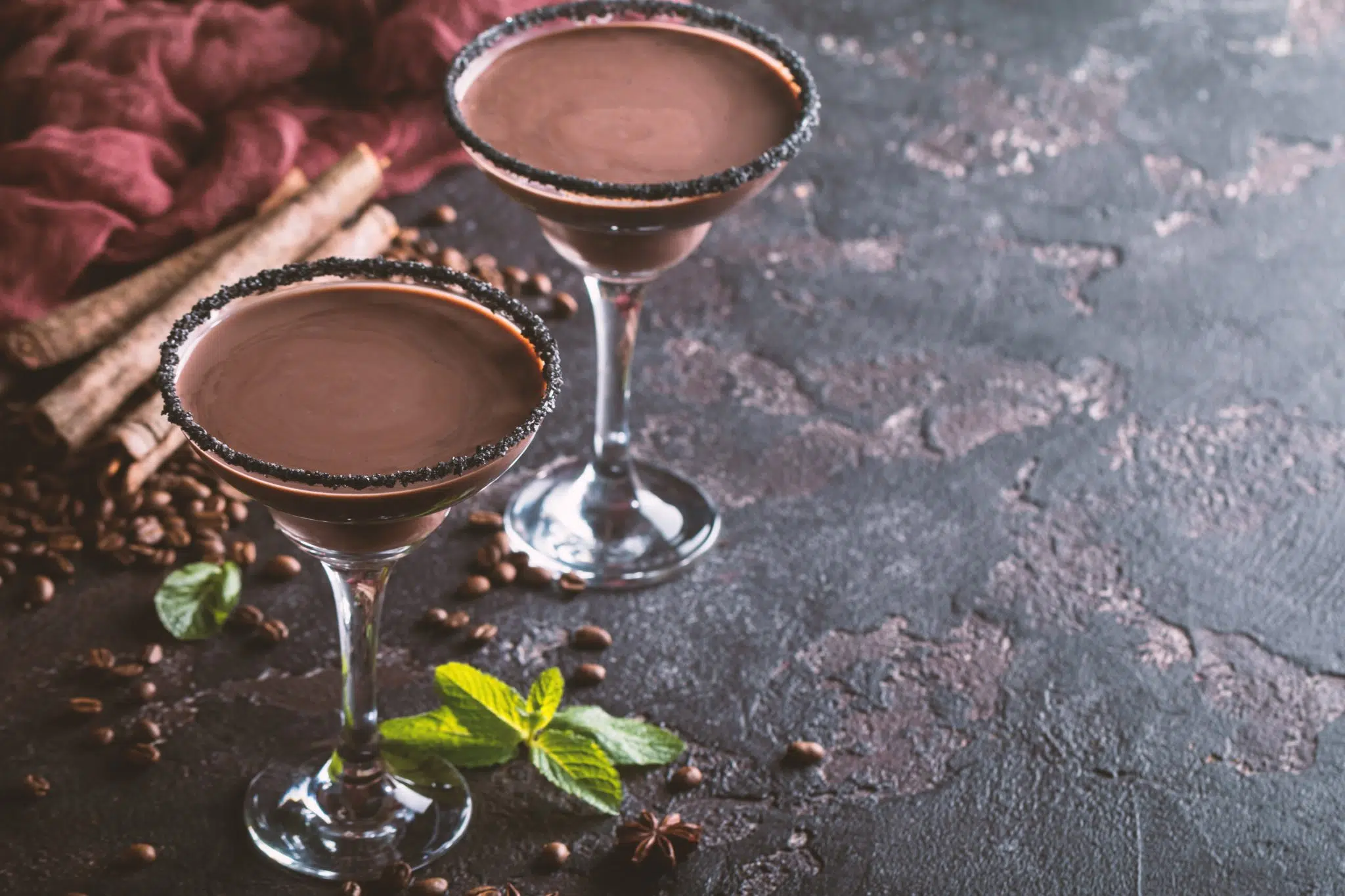
This type combines the indulgent flavor of chocolate with a base spirit such as a grain distillate or a rum. The process typically involves infusing cocoa beans or chocolate into the spirit and adding sugar to create a rich beverage.
Some versions, such as Mozart Milk Chocolate liqueur, may also include cream for added richness and smoothness.
Chocolate liqueurs can be enjoyed neat or over ice, mixed into cocktails such as a Chocolate Martini, or drizzled over ice cream for an adult twist on a classic treat.
FAQ
What is the sugar content of a liqueur?
Liqueurs are typically sweetened spirits, with a sugar content of at least 100 grams per liter. Some liqueurs, especially those labeled as “crème” liqueurs, can contain even more, ranging from 200 to 400 grams of sugar per liter.
What is the difference between a liqueur and a “crème de”?
The main difference lies in the sugar content. A “crème de” liqueur, such as Crème de Cassis, has a higher sugar content than regular liqueurs. While a standard liqueur needs a minimum of 100 grams of sugar per liter, “crème de” liqueurs must have at least 250 grams of sugar per liter, giving them a richer, syrupy texture.
What’s the ABV for a liqueur?
The alcohol by volume (ABV) of liqueurs generally ranges from 15% to 30%. However, some can go higher, with stronger varieties reaching up to 55% ABV. The lower ABV compared to spirits like vodka or whiskey is due to the added sugar and flavorings.
How should I store a liqueur and how long can I keep it?
Liqueurs should be stored in a cool, dark place, away from direct sunlight. Most liqueurs have a long shelf life, especially if unopened. Once opened, they can last for several years if stored properly. However, over time, the flavor and color may degrade slightly, so it’s best to consume them within 1-2 years of opening.
Should I drink my liqueur neat or on the rocks?
It depends on personal preference and the type. Many are enjoyed neat due to their sweet, flavorful nature. Others, especially those with higher sugar content, can be served on the rocks to mellow out the sweetness and provide a more refreshing drink. You can also mix them into cocktails for added depth and complexity.
